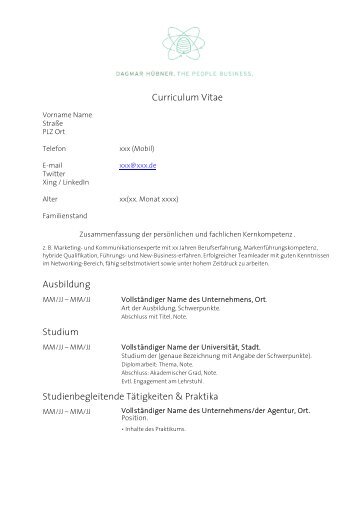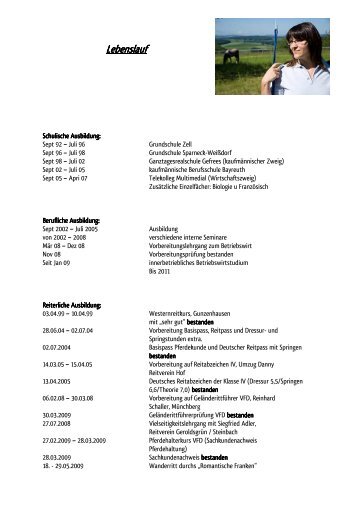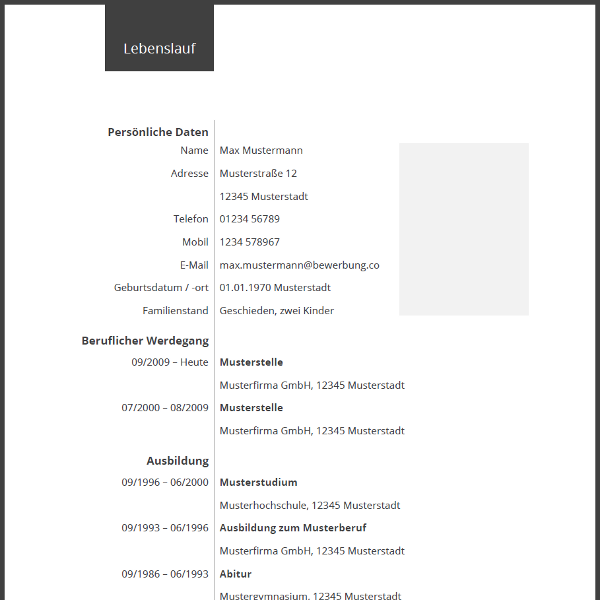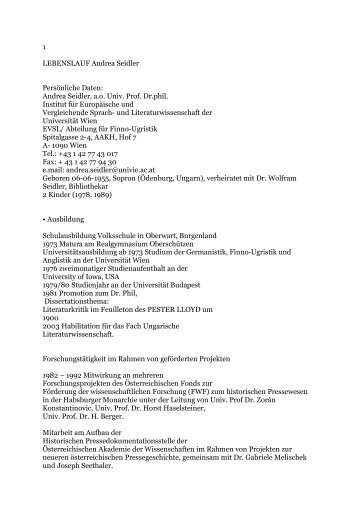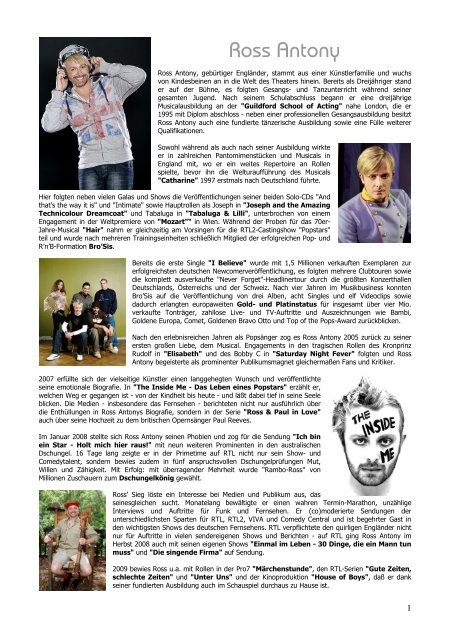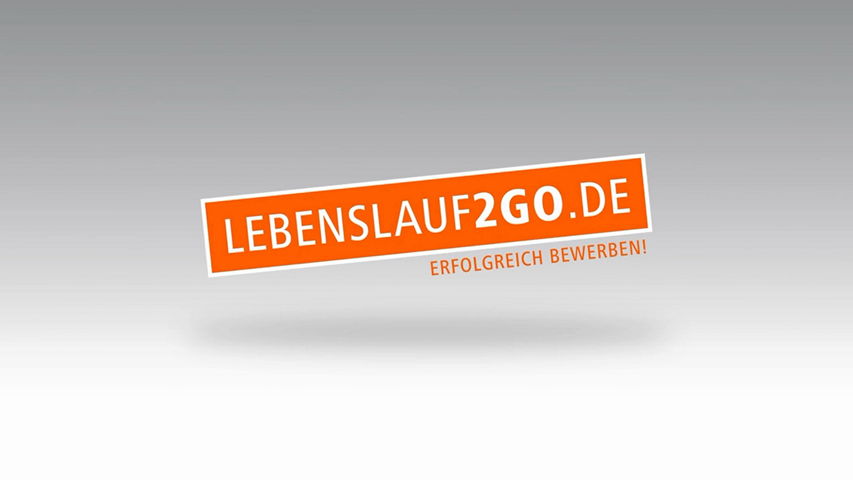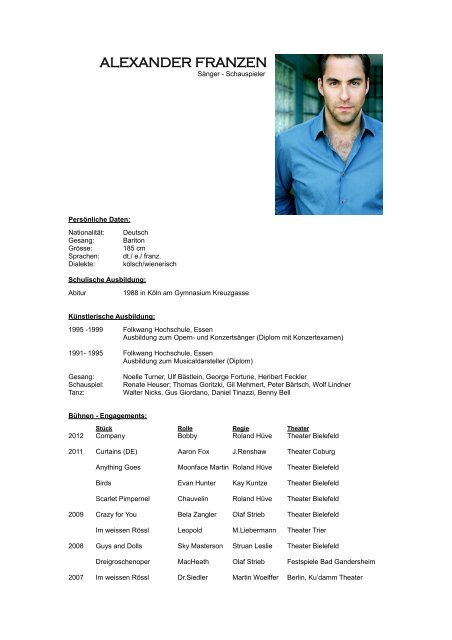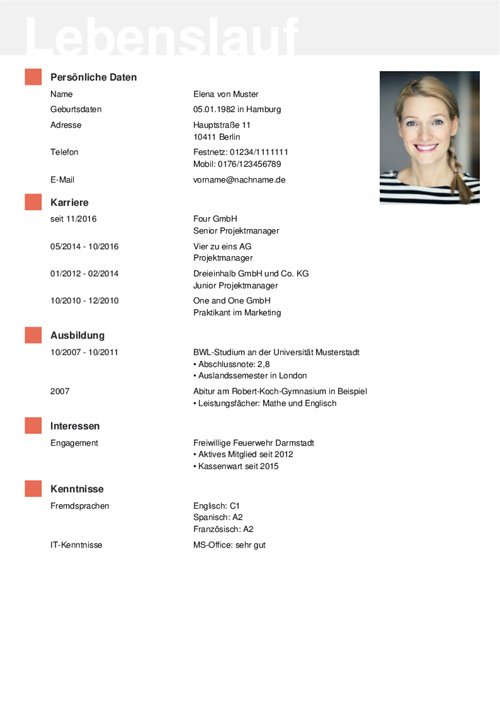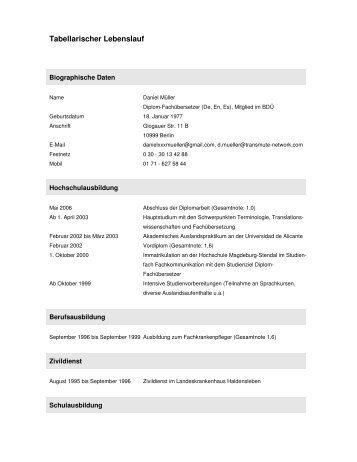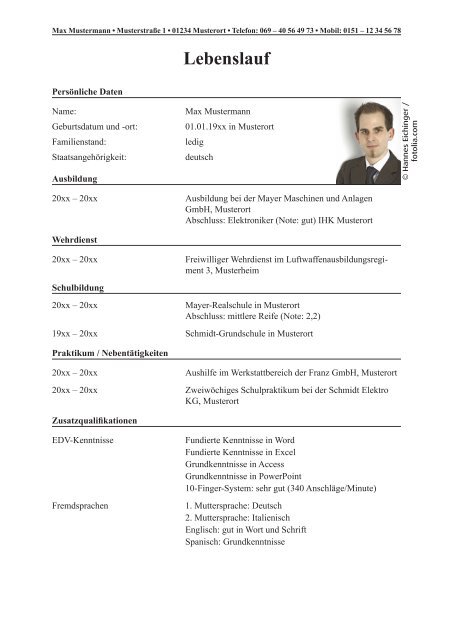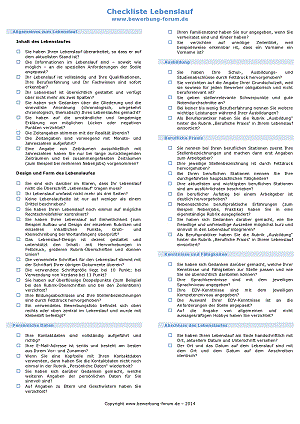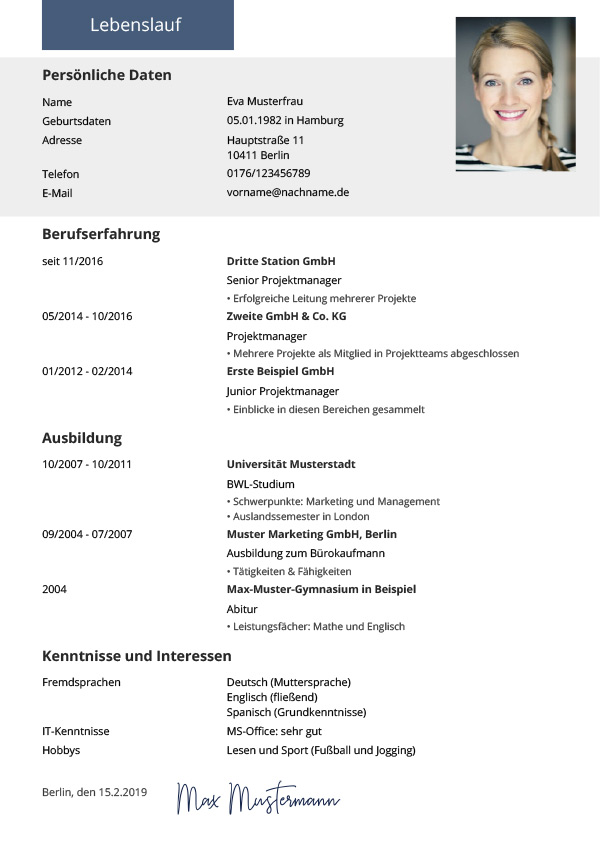Lebenslauf Ausbildung Pdf
Ihren perfekten lebenslauf erstellen und downloaden.

Lebenslauf ausbildung pdf. Nur noch extrem selten wird dafür ein ausformulierter fließtext erwartet. Deshalb müssen sie bei der lebenslauferstellung mit großer sorgfalt und konzentration vorgehen so dass ein individuelles übersichtliches und faktenreiches schriftstück ihres könnens und ihrer leistungen entsteht. Erfahre worauf du bei der erstellung achten solltest. Ihr lebenslauf ist genauso wichtig wie ihr anschreiben.
Der lebenslauf ist der wichtigste bestandteil der bewerbung. Der lebenslauf ist ein zentrales element einer bewerbung. Der lebenslauf enthält die bisherigen stationen ihrer beruflichen laufbahn ihre tätigkeiten angaben zu ihrer ausbildung und nachweisbaren qualifikationen. Klassischer lebenslauf der durch seine schlichte und klare struktur überzeugt.
Personaler ziehen sich die wichtigsten informationen aus dem lebenslauf und bekommen so einen strukturierten überblick über den bewerber. 59 verfügbare lebenslauf muster vorlagen. Der online lebenslauf ist heute kernstück vieler bewerbungsstrategien. So schreiben sie einen tabellarischen lebenslauf ausführliche anleitung und beispiele kostenlose designs word vorlagen.
Kostenlos optisch ansprechend jederzeit anpassbar nutzen sie unsere muster vorlagen. Der lebenslauf gibt dem personaler einen klaren überblick über kompetenzen fähigkeiten erfahrungen und bisherige ausbildungsschritte.



